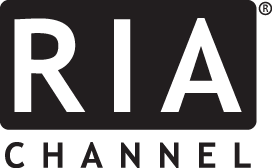Shiloh Bates, Chief Investment Officer of Flat Rock Global, joined Keith Black, Managing Director of RIA Channel, to discuss the CLO market.
Leveraged loans, the collateral for CLOs, are first-lien senior secured loans usually originated to an LBO sponsor. When completing a leveraged buyout, a private equity manager will purchase a target company using 50% equity and 50% debt financing. Leveraged loans are floating rate, with recent yields of 10% to 12%. Bates views first-lien senior secured loans as all-weather assets, as they earn an equity-like return but are senior to equity in the restructuring process. With the LBO sponsor contributing 50% equity to purchase a portfolio company, leveraged loans should pay out at par as long as the enterprise value of the business doesn’t fall more than 50%. Due to their senior position, leveraged loans that enter bankruptcy or restructuring often have a recovery rate of two-thirds of par value.
After converting a private BDC to an interval fund, Flat Rock’s funds are structured as interval funds that are only available to RIAs and institutional investors. Interval funds offer investors regular liquidity of up to 5% of AUM on a quarterly basis. Interval funds have many advantages, including the ability to purchase an interval fund on any business day, access an established portfolio with immediate income, and daily NAVs. Because interval funds are regulated under the ’40 Act, they offer annual reports and a transparent list of investments. In contrast, investors in GP/LP funds have to wait for capital calls to contribute assets and for exits to receive liquidity.
During COVID, Bates wrote a 60-page white paper on CLOs that was posted to the firm’s web site. Given the popularity of the white paper and that CLOs are a $1 trillion asset class without a book, Bates took the opportunity to expand the white paper into a book: CLO Investing: With an Emphasis on CLO Equity & BB Notes. Bates notes that investors who understand equity and BB can understand any note in the CLO structure.
Resources:

